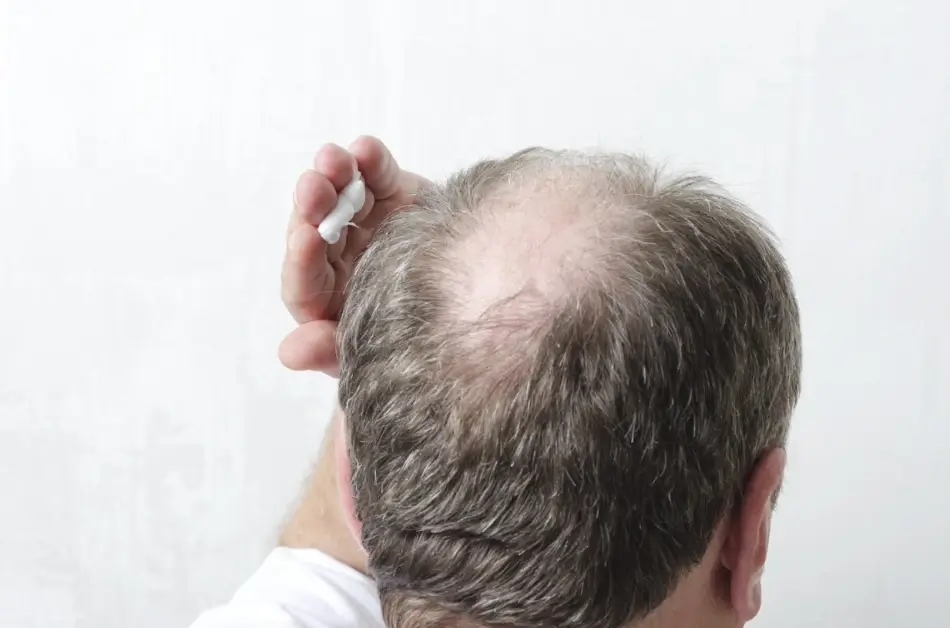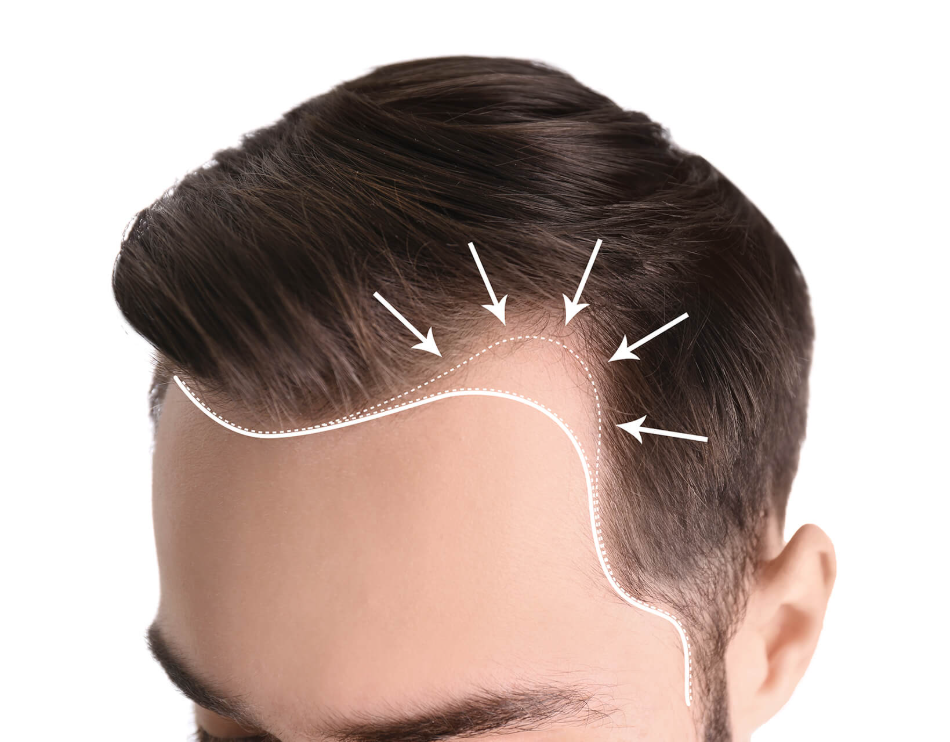Topical vs Oral Finasteride: Which Treatment Is Right for You?
Finasteride treats hair loss by blocking DHT, a hormone linked to balding. Available in oral (FDA-approved) and topical forms, it effectively promotes hair growth. While oral finasteride may cause systemic side effects, topical versions show promise with fewer risks. Both require prescriptions and work best with consistent, long-term use.




